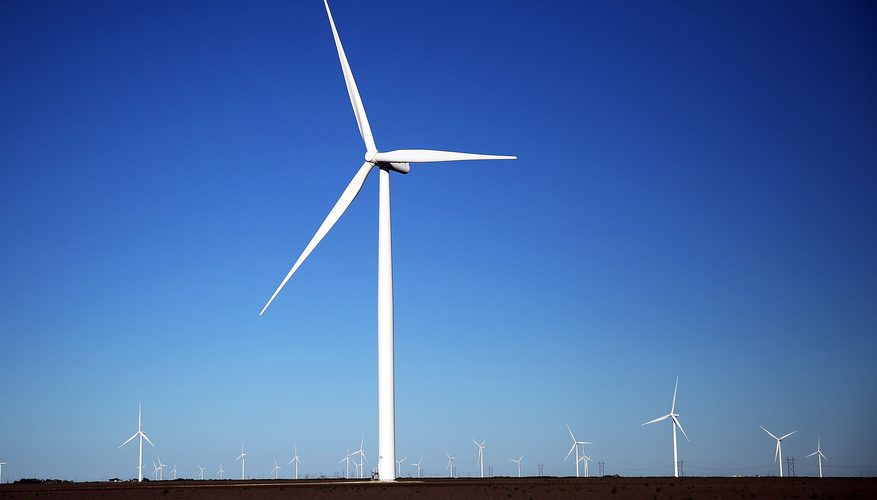The wind power tower is the tower of wind power generation, which plays a supporting role in the wind turbine and absorbs the vibration of the unit.
The production process of wind power tower is generally as follows: CNC cutting machine cutting, thick plate needs to open the groove, after the forming of the coiling machine, spot welding, positioning, confirmation, welding of the inner and outer longitudinal joints, after roundness inspection, If there is a problem, the second round is round. After the single-section cylinder is welded, the hydraulic group is used to perform group-to-spot welding on the roller frame, the inner and outer ring seams are welded, and the straightness is checked after the tolerance. After welding the flange, the weld is welded. Non-destructive testing and flatness inspection, sand blasting, painting treatment, after the internal parts installation and finished product inspection, transport to the installation site.
Specifications
Wind power generator system
1. Blade Form: propeller
2. Blade number: 3 Picese
3. Blade material: glass fiber reinforced plastic
4. Type of generator: permanent-magnet direct drive 3 phase AC
5. Type of tower: guy wire or free standing
6. Output Waveform of inverter: Pure Sine Wave
Features of windmill tower
Its good aesthetic, excellent functional design and good materials, as evidenced in:
-the simple, tapering tower silhouette and massing crowned by an octagonal cast iron lamp;
-the exterior walls of coursed rubble-stone that are about 0.9 metre (three feet) thick at the base;
-the segmentally-arched doorway and the louvred windows arranged in vertical bands;
-the interior walls, which step back at each floor level forming a ledge.
Applications of windmill tower
The tower mill was more powerful than the water mill, able to generate roughly 20 to 30 horsepower. There were many uses that the tower mill had aside from grinding corn. Tower Mills fueled a society that was steadily growing in its need for power by providing a service to other industries as well:
The production of pepper and other spices
Lumber companies used them for powering sawmills
Paper companies used to change wood pulp into paper
Other sources argue against this claiming there is no real evidence, specifically, of tower mills doing these things.


